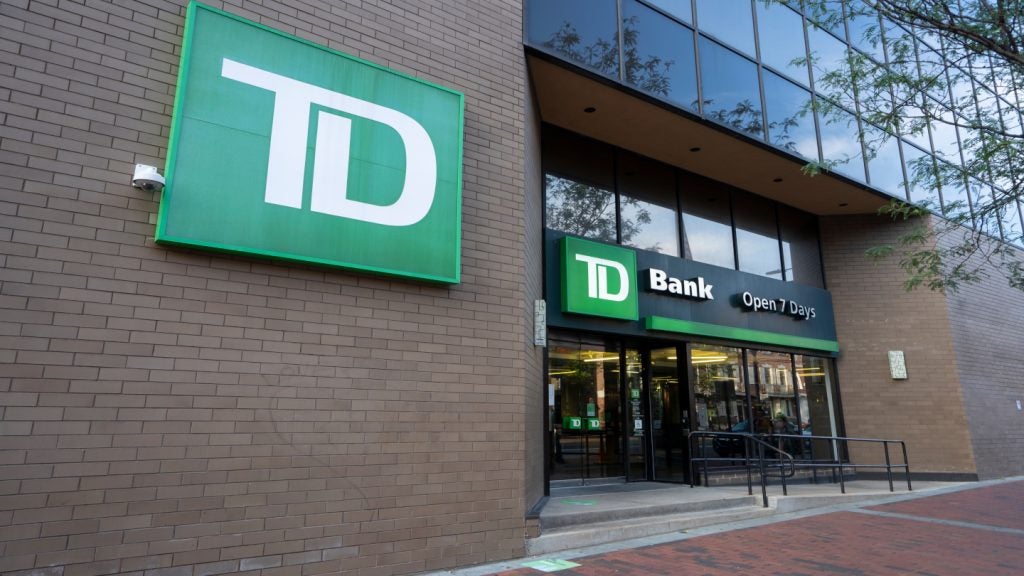
Vulnerable to quickly shifting investor sentiment, if left unchecked, banking fears among stakeholders can result in sudden, sharp deposit outflows. This disrupts money flows, fuels market volatility, hurts bank profitability and, on a macroeconomic level, curbs consumer confidence and spending.
In the year since authorities in the US and Switzerland stepped in to quell contagion risk after the bank failures, regulators remain acutely aware of the sector’s sensitivities. But regulation and supervision can only go so far, says
Stuart Plesser, Financial Institutions Managing Director, S&P Global Ratings.
Banks, ultimately, are responsible for their own risk-management. The recent troubles at New York Community Bancorp reflect just how sentiment-sensitive banks are.
Social media – potential to play a destabilising role
“SVB’s troubles began because of a mismatch between short-term deposits and the bank’s holdings of longer-term financial instruments. That is not an uncommon position for a financial institution,” says Plesser.
“But it was one that was exposed by the Federal Reserve’s campaign of aggressive interest-rate hikes. SVB showed that social media has the potential to play a destabilising role. It depends on whether there’s credence to concerns raised on such platforms. Fundamentally, the banking volatility of March 2023 was the manifestation of a sharp rise in interest rates. This combined with traditional banking risks, and the possibility of contagion.”
How well do you really know your competitors?
Access the most comprehensive Company Profiles on the market, powered by GlobalData. Save hours of research. Gain competitive edge.

Thank you!
Your download email will arrive shortly
Not ready to buy yet? Download a free sample
We are confident about the unique quality of our Company Profiles. However, we want you to make the most beneficial decision for your business, so we offer a free sample that you can download by submitting the below form
By GlobalDataPlesser says regulators appear united in their view that culpability for the failure of these banks lies squarely with management. Nevertheless, after a period of reflection, changes are afoot—in supervision and regulation.
“We don’t expect sweeping changes to the policy framework implemented in the wake of the global financial crisis of 2007-2008. But the US market could see substantial changes to bank regulation and supervision, particularly for middle-ranking banks. Elsewhere, policymakers have highlighted areas of potential fine-tuning, a reinforcement of crisis management, and ensuring full implementation of existing standards.”
Looking ahead
“We see inevitable changes in regulatory standards, and bank supervision. Change could be limited to the US and Switzerland, although policymakers could agree on regulatory changes at a global level. In the US, policymakers have put forth proposals to increase the strength and resilience of the banking system. This is known as the Basel III endgame proposal and the global systemically important bank (GSIB) surcharge proposal. It modifies capital requirements for large banks and details how regulators plan to implement capital standards that the Basel Committee on Banking Supervision finalised in 2017 and 2019. The Fed and other agencies could make other changes in coming months.”
Plesser argues that tougher regulation on liquidity is a net positive for creditors. On the downside, this could result in less lending.
He concludes: “Tighter regulation for the banking sector won’t resolve all systemic risks. As we’ve seen since the GFC, this could lead to more financing being done outside of the regulated financial sector. [So] a lesser degree of transparency and possible contagion risks for the economy. As always, regulations will have to strive for a balancing act.”







